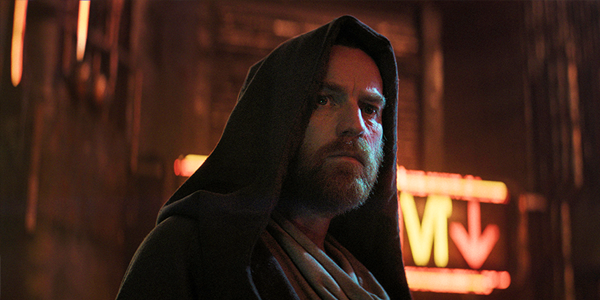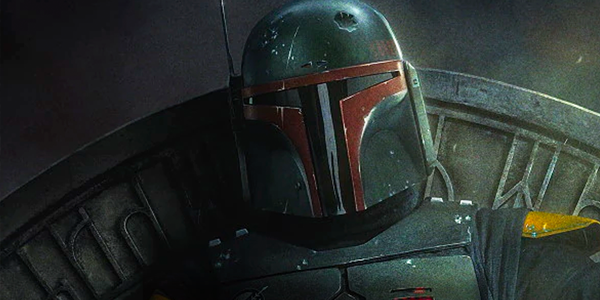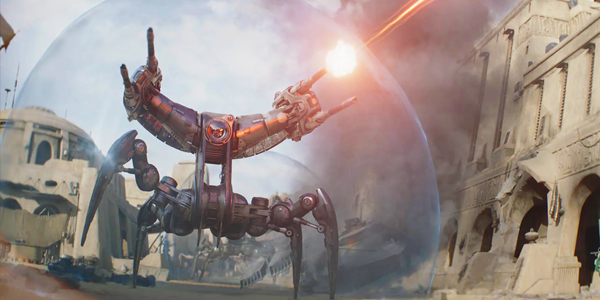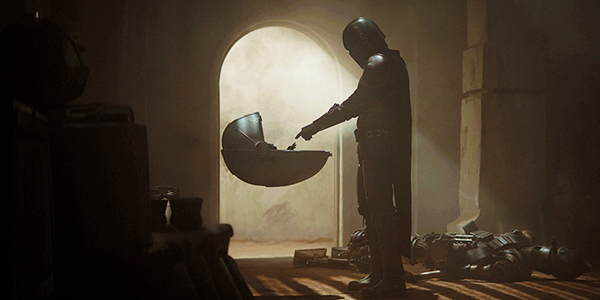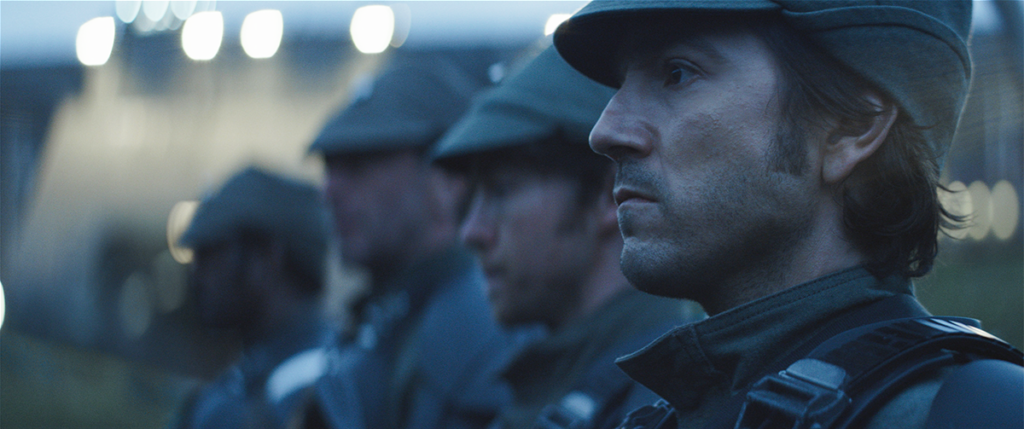
review | Star Wars: Andor
Light on action and the slowest of slow burns, this Star Wars series still satisfies by delivering a master class in tension and suspense
by Dennis Burger
September 22, 2022
Despite its name, Star Wars: Andor is not Star Wars. And that’s totally appropriate since the movie in which the title character debuted—Rogue One: A Star Wars Story—bore only the most superficial, what-had-happened-was connection to the mythology of the galaxy far, far away to begin with.
Here’s the difference, though. Rogue One was a cobbled together, oh-so-edgy pile of inconsequential grimdark fluff pretending to be a grownup and gritty Star Wars movie. In fact, it was reportedly barely even a coherent narrative until screenwriter Tony Gilroy was brought in to turn the footage into something resembling a movie in postproduction.
With Andor, though, Gilroy has been working on the show since 2019, before the first frame was shot. And so, while it isn’t quite Star Wars, the series is a fascinating political drama that combines the best elements of the writer’s work on the Bourne film series (minus the action), Michael Clayton (minus the lawyers), and the neo-noir thriller Nightcrawler, which Gilroy produced for his brother Dan, who wrote and directed the film and contributes some writing to Andor.
The only real cinematic inspiration I’ve seen referenced for Andor, though, is Stanley Kramer’s 1960 adaptation of Inherit the Wind. I don’t think you’d pick up on that just from watching the show since it doesn’t seem to be narrative inspiration nor really even thematic inspiration. But as with that film, this series is, so far, a masterclass in tension and suspense. It’s the slowest of slow burns I’ve seen onscreen in ages. And yet, due to its pacing and its legitimate human drama, it doesn’t feel laborious. Each of the three episodes released thus far runs from 38 to 43 minutes and curiously manages to feel like a really satisfying and brisk two hours apiece. Watching the show is a fascinating experiment in the weird liquidity of time and our perception thereof. There isn’t a single scene in the whole affair that isn’t simultaneously gripping and deliberately measured, restrained, anticipatory.
I don’t want to gloss over something out-the-norm in that last observation, though. Unlike previous shows that carried the Star Wars branding, Andor’s first three episodes were released by Disney+ simultaneously. And in retrospect, there’s a good reason for that. The show was originally conceived as a five-season run, each season of which would jump forward a year in Cassian Andor’s life leading up to the events of Rogue One. At some point, Gilroy decided that was all just too much, and compacted each season into a mini arc. Hence, as best I understand it, the three episodes so far represent a condensation of what was originally conceived as Season One in Gilroy’s 1,500-page bible for the series, and the 12 episodes of this first of two seasons will get us about halfway through that tome.
The consequence of that is that even if Andor goes completely off the rails as Book of Boba Fett did, or starts off with a bang and settles into predictable middlingness as Obi-Wan Kenobi did, we already have a fully fleshed-out arc with a beginning, middle, and end here, and it’s honestly the best onscreen Star Wars we’ve gotten since the last few seasons of The Clone Wars, despite hardly being Star Wars at all.
You can probably skip this one if you’re into the franchise for its space battles, blaster fights, lightsabers, and space wizards. I love all of that stuff but there’s none of it to be found here (except for one action set-piece in Episode Three where shots are fired, but that ends up being almost more of an environmental ballet than an O.K. Corral homage).
You can probably also skip the show if you’re looking for home theater demo material. Andor is a very bruised-looking work, high on contrast and largely devoid of dynamic range. Its Dolby Vision encoding mostly serves to keep details from being lost in the shadows. It’s gorgeous but never eye-popping. There’s more texture here than detail, more tonal richness than gamut-stressing intensity. And while the Dolby Atmos mix is simultaneously expansive and enveloping when called for, it’s predominantly a talky affair. Most of the channels aside from the center are filled with falling rain and the haunting, moody, brilliant-but-subdued score by Nicholas Britell (The Big Short).
It’s odd. I went into Andor feeling almost obliged to watch it, given how little interest I have in the film that inspired it and the character at its heart but how much devotion I have to this franchise nonetheless. Now I find myself eagerly awaiting the next episode in a way that exceeds my anticipation for the next season of The Mandalorian. But with this one, I’m not watching it because it’s Star Wars. I’m watching it because, at least so far, it’s simply damned good cinema in an episodic-TV package.
Dennis Burger is an avid Star Wars scholar, Tolkien fanatic, and Corvette enthusiast who somehow also manages to find time for technological passions including high-end audio, home automation, and video gaming. He lives in the armpit of Alabama with his wife Bethany and their four-legged child Bruno, a 75-pound American Staffordshire Terrier who thinks he’s a Pomeranian.
PICTURE | The Dolby Vision presentation mostly serves to keep details from being lost in the shadows. It’s gorgeous but never eye-popping.
SOUND | While the Atmos mix is simultaneously expansive and enveloping when called for, it’s predominantly a talky affair
© 2025 Cineluxe LLC


